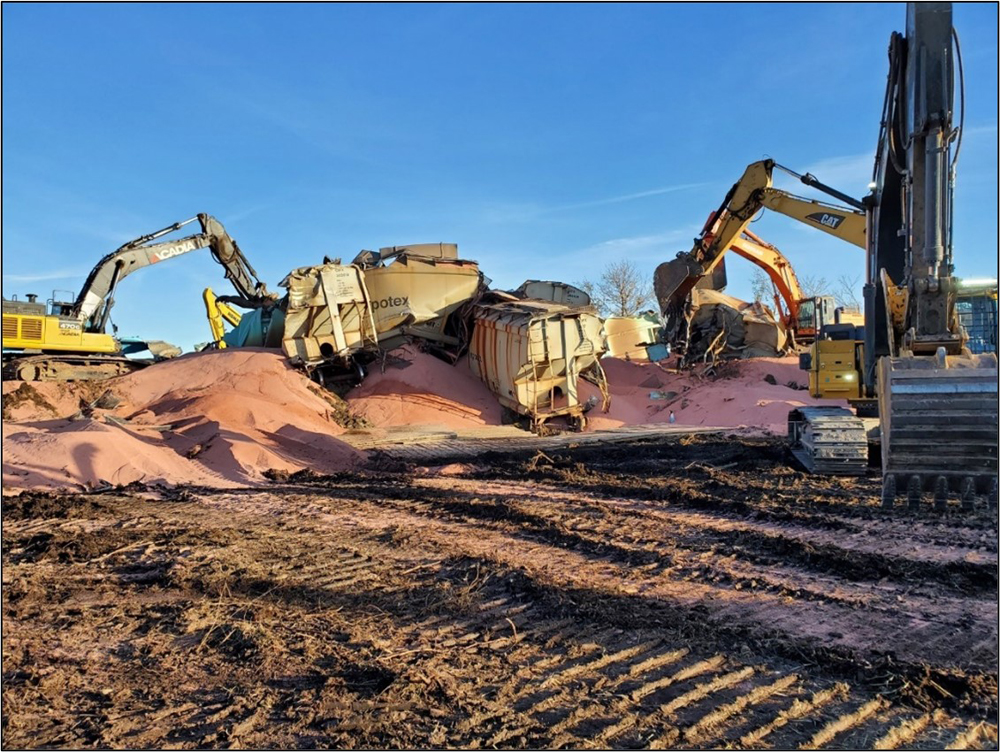
WINNIPEG, Manitoba — An undetected rail flaw that led to a broken rail as the train passed over it caused the derailment of a Canadian Pacific potash train at Silton, Saskatchewan in October 2021, the Transportation Safety Board of Canada said in an investigation report released today (Tuesday, March 26).
The incident occurred at 5:02 a.m. Oct. 16, 2021, at mile 32.75 on CP’s Lanigan Subdivision, north of Regina, Sask. It involved a 200-car train with a single lead unit, followed by 100 cars of potash, a distributed power unit, another 100 cars of potash, and a trailing distributed power unit. It was 9,625 feet long and weight 28,525 tons, and was traveling at 38.6 mph when a train-initiated emergency brake application occurred; the train stopped after about 2,100 feet. A total of 27 cars, the 125th through 151st cars in the consist, derailed, with most spilling their contents; there were no injuries and no danger to the public or environment resulted.
Investigation ultimately determined that the west rail broke, most likely under the trailing truck over the 124th car, and that pre-existing fatigue cracks in the rail head sextended to the base of the rail in a sudden overstress. The rail wear was within CP limits at the time, and rail flaw testing had exceeded regulatory requirements, but limitations of current testing equipment likely rendered the existing cracks difficult to detect, the TSB said.
CP has subsequently introduced its Rail Integrity Non-Vital Overlay Detector on the subdivision, a system for non-signalled territory that informs the CP Operations Centre of broken rails, rail gaps, loose joints or joint pull-aparts by sending a low-voltage signal through the rails [see “Canadian Pacific deploying new broken-rail detection system …,” Trains News Wire, Oct 27, 2020]. The TSB calls the system “a substantial advancement in rail safety in territory governed by the occupancy control system.”
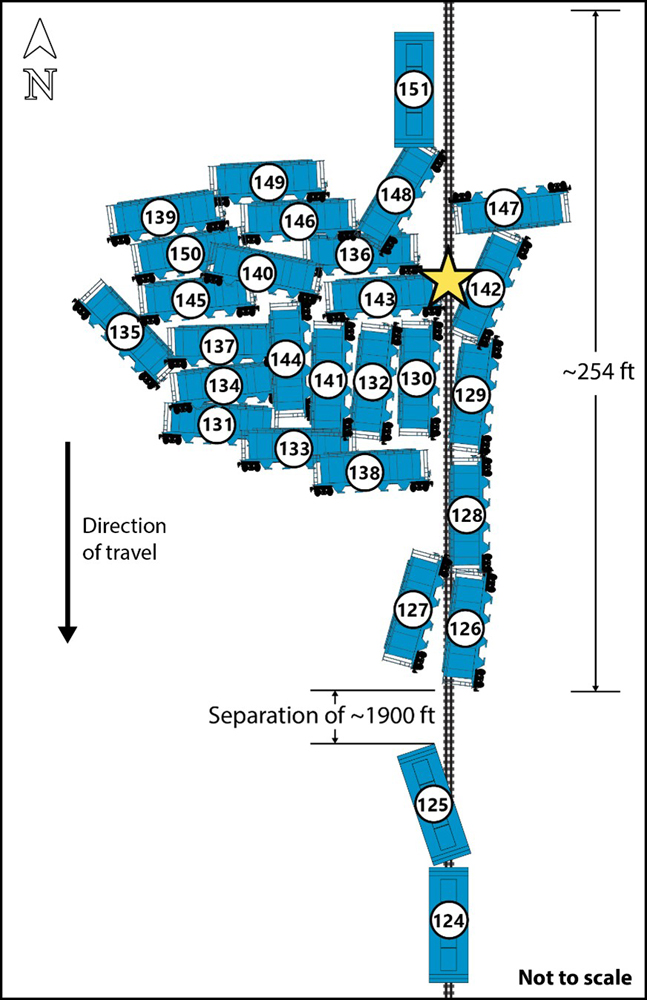






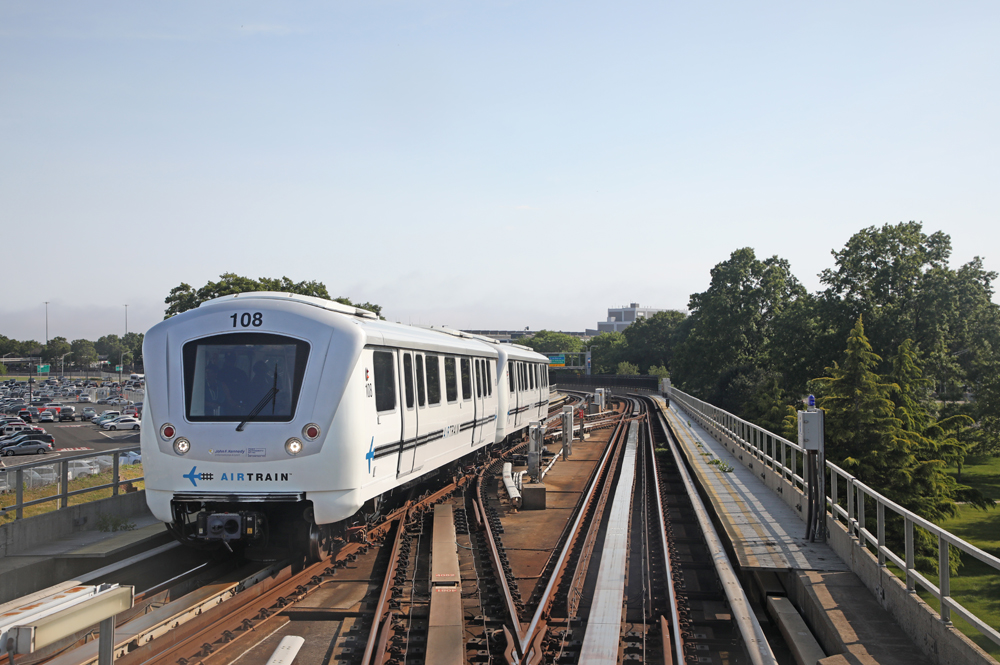

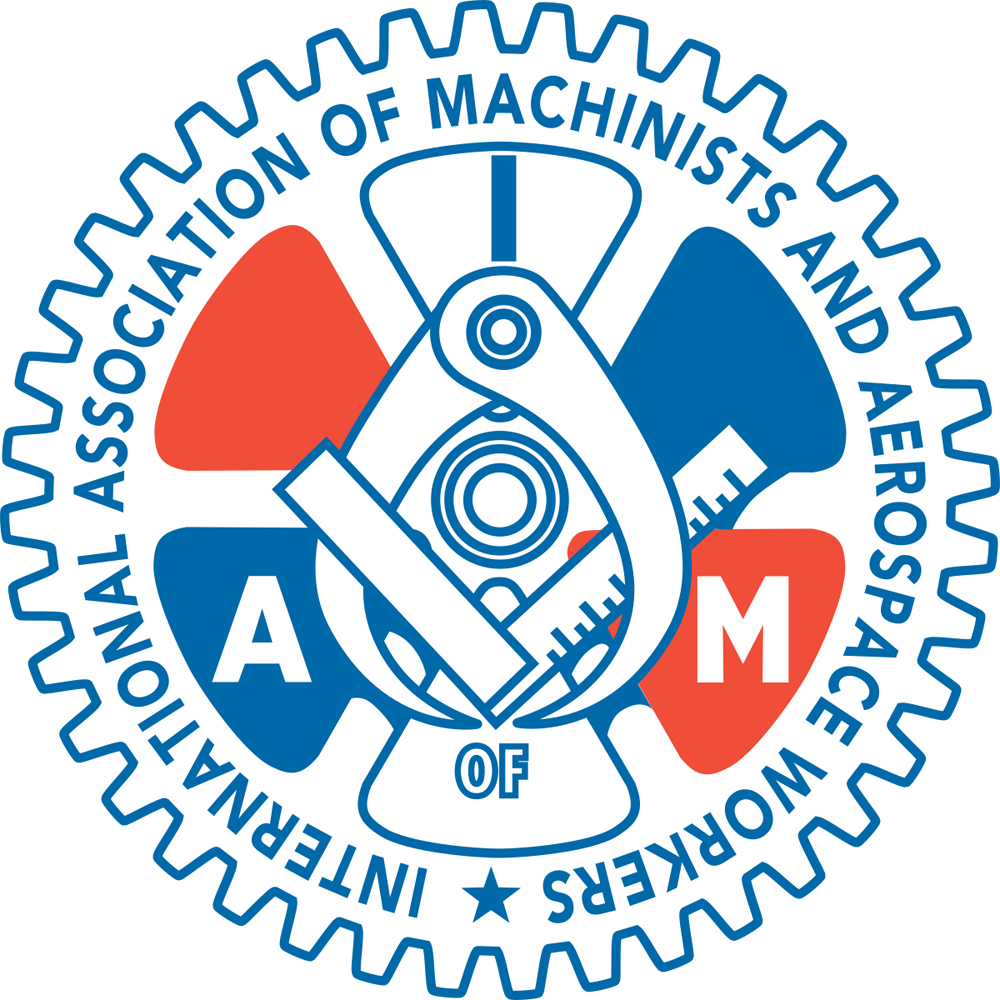
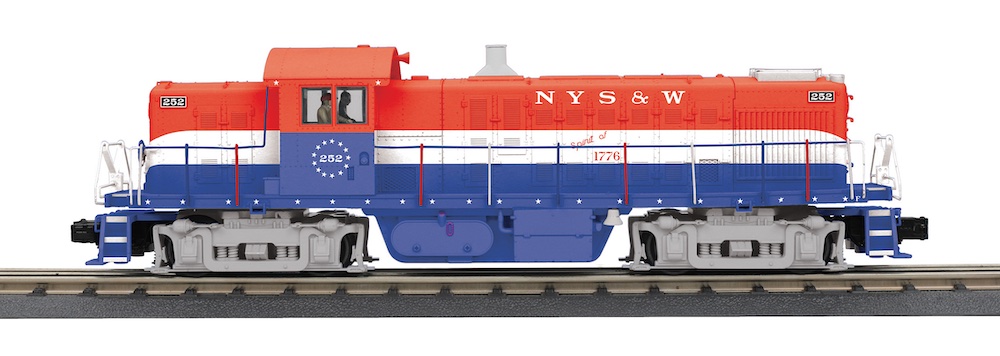




Interesting how the cars end up. Some probably slid / rolled over others but I can’t explain how car 150 would end up under car 140.